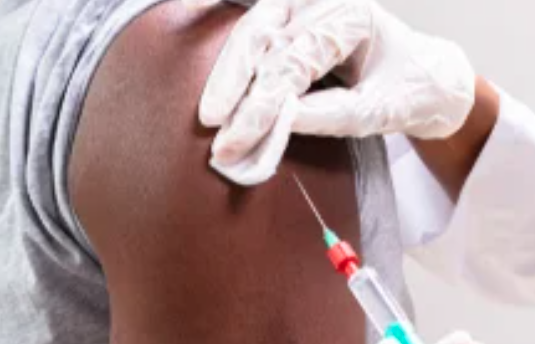
Following a slow February, we’ve seen more rapid growth in COVID-19 vaccine distribution in the first few days of March, hitting an average of 1.7 million shots/day. This rate will only continue to accelerate as Johnson and Johnson’s single dose vaccine becomes increasingly available. Despite the tremendous progress in recent weeks, infection rates continue to remain dangerously high – with a disproportionate impact on minority populations. While a growing number of Americans have indicated favorability towards getting the COVID-19 vaccine, there are still remaining subgroups where hesitancy, due to mistrust and lack of access to accurate information, continues to be a major barrier to getting care. Understanding how to build trust to improve vaccine confidence, particularly in underserved populations will be critical in order to ensure equitable distribution of the COVID-19 vaccine.
Vaccine Hesitancy Persists
There are large segments of the population where hesitancy remains high, particularly in Black and Hispanic populations where we see lower willingness to get the vaccine. According to the Kaiser Family Foundation (KFF), 34% of Black adults and 26% of Hispanic adults are likely to “wait and see” how it’s working for other people compared to 18% of white adults.
KKF reported that fear around potential side effects, lack of trust in the clinical process, as well as feeling it’s not safe are some of the key components influencing personal concern around the vaccine. Tackling these drivers around mistrust and addressing misinformation will be a critical part of any public communication strategy in order to increase vaccine uptake among Black and Hispanic populations.
Hear from Mytonomy’s CEO, Anjali Kataria, as she share insights around what’s driving vaccine-related fear, and how Mytonomy can help: watch here.
Improving Reliability and Trust
As organizations attempt to shift mindsets and improve vaccine willingness, it will be important to identify the public’s most trusted resources and channels for health information. According to recent research, people’s personal health care providers are the most trusted resource for reliable information around COVID-19 and the vaccine. According to KFF, 85% trust their own doctor of health care provider for reliable vaccine information, followed by the local health department (79%), the CDC (78%), and federal COVID lead Anthony Fauci (77%).
Leveraging these trusted channels to deliver targeted messaging and resources will be a critical to help improve vaccination uptake. Mytonomy offers FREE ready-to-use digital tools to support communication strategies across diverse populations at scale through its comprehensive video library (available in English and Spanish) and broadcast distribution platform.
Check out some highlights from our vaccine library below.
Digital communication strategies are going to be a critical part of the solution. Mytonomy is here to help share the facts and support organizations as they prepare for vaccine administration. Please reach out to info@mytonomy.com to learn more about how we can help!
The original version of this page was published at: https://www.mytonomy.com/blog/addressing-the-vaccine-distribution-gap-0
Mytonomy’s Patient Experience Cloud™ enables health systems to build trusted, loyal, online relationships using award-winning, microlearning video content delivered through an easy-to-use digital p... Read more
During the COVID pandemic, cardiac surgery volumes fell to around 54% of pre-pandemic levels.1 While this in some cases represented hospitals curtailing non-urgent procedures, it is ...read more
The modern learner has an attention span of 8 seconds and is busy, overwhelmed, distracted and increasingly mobileShrinking attention spans, declining ability to retain information, ...read more
Given the unique circumstances surrounding the development of the COVID-19 vaccine, we know that many individuals are worried about receiving the new vaccine and have concerns about ...read more
In these unique times, Mytonomy is offering a “light” version of the Patient Experience Cloud free of charge. The PEC light gives health systems a fast, easy-to-deploy ...read more